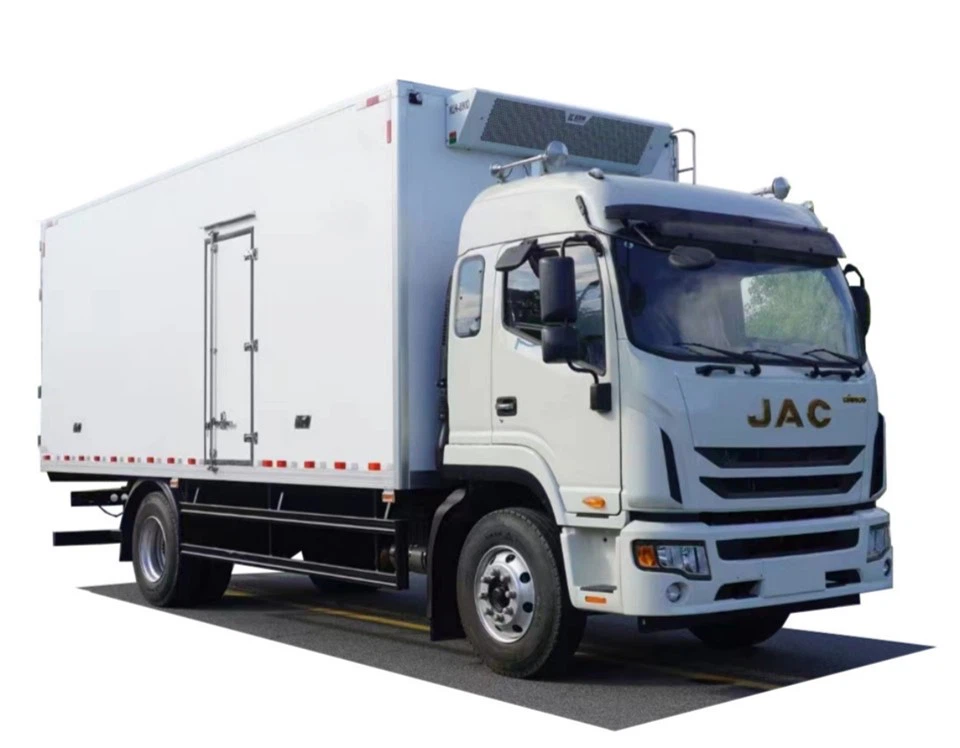What Country is VIN: Decoding the Vehicle Identification Number

The Vehicle Identification Number (VIN) is a unique code assigned to every motor vehicle when it’s manufactured. This alphanumeric string plays a crucial role in the automotive world by providing key details about the vehicle. One of the vital components of understanding a VIN is identifying the country where the vehicle is manufactured. In this article, we will explore what a VIN is, how to decode it, and what country corresponds to specific VIN codes.
What is a VIN?
A Vehicle Identification Number (VIN) is a 17-character code that serves as a fingerprint for your vehicle. It is used by manufacturers and authorities to track vehicles and their histories. Each section of the VIN provides specific details about the vehicle’s specifications and manufacturing information.
Structure of a VIN
The VIN consists of three main sections: the World Manufacturer Identifier (WMI), the Vehicle Descriptor Section (VDS), and the Vehicle Identifier Section (VIS).
World Manufacturer Identifier (WMI)
The first three characters of the VIN comprise the WMI, which identifies the country of origin, the manufacturer, and the vehicle type.

Vehicle Descriptor Section (VDS)
The next six characters provide information about the vehicle’s model, body style, engine type, and various specifications.
Vehicle Identifier Section (VIS)
The last eight characters include the vehicle’s production number, model year, and plant code, which details where the vehicle was assembled.
Understanding the Country Code in VIN
The first character of the VIN is particularly important as it indicates the country where the vehicle was manufactured. Below is a breakdown of some of the common countries and their corresponding VIN codes.
| Country | VIN Code |
|---|---|
| United States | 1, 4, 5 |
| Canada | 2 |
| Mexico | 3 |
| Japan | J |
| Germany | W |
| United Kingdom | S |
| Italy | Z |
| South Korea | K |
| Australia | 6 |
How to Decode a VIN
Decoding a VIN may seem complex, but understanding the sections can help simplify it. Here is a step-by-step guide to decoding a VIN.
Step 1: Locate the VIN
The VIN can usually be found on the driver’s side dashboard, on a label inside the driver’s door jamb, or on the vehicle’s registration documents.
Step 2: Identify the WMI

Look at the first character to determine the country of origin and the first three characters for the manufacturer identity.
Step 3: Analyze the VDS
Review the next six characters to discover specifics about the vehicle model and specifications.
Step 4: Examine the VIS
Finally, check the last eight characters for the vehicle’s production number and other details like the model year and manufacturing plant.
Practical Examples: Decoding Real VINs
Let’s look at specific examples of VINs and what country they signify.
Example 1: 1HGCM82633A123456
The first character ‘1’ indicates this vehicle was manufactured in the United States. This particular VIN belongs to a Honda Accord.
Example 2: JHMZC5F45CC123456
The ‘J’ in this VIN shows it is produced in Japan, particularly a Honda Civic.
Example 3: WMWSU3C58BT123456
In this VIN, the first character ‘W’ signifies that it was manufactured in Germany, specifically a Mini Cooper.
The Importance of Knowing a Vehicle’s Country of Origin
Understanding the country of origin from a VIN can be useful for several reasons:
1. Insurance Purposes
Insurance companies often use the country of origin to determine the risk associated with the vehicle.
2. Import and Export Regulations
For individuals involved in buying or selling vehicles internationally, knowing the origin can help in understanding import duties and regulations.
3. Maintenance and Parts
Different countries might have varying standards for vehicle parts and maintenance. Knowing where a vehicle is manufactured helps in sourcing the right parts.
Common Misconceptions About VINs
Many myths surround VINs and what they represent. Below are some common misconceptions:
Misconception 1: All VINs are the Same Length
While most VINs are 17 characters long, some older vehicles have shorter VINs. It’s essential to know the difference.
Misconception 2: VINs Can Be Easily Altered
Altering a VIN is illegal and can lead to severe penalties. VINs are designed to remain unchanged throughout a vehicle’s life.
Tap Into VIN Resources for Further Information
There are various resources you can use to learn more about a specific VIN:
- NHTSA VIN Lookup: The National Highway Traffic Safety Administration offers resources for looking up VINs.
- Online VIN Decoders: Websites allow users to enter VINs and receive detailed information about the vehicle.
- Dealership Reports: Many dealerships provide vehicle history reports based on a VIN.
Frequently Asked Questions (FAQ)
1. What is the VIN used for?
The VIN is used for identifying and tracking vehicles, including registration, recalls, and insurance purposes.
2. Can you find the country of origin from the VIN?
Yes, the first character of the VIN identifies the country of manufacture.
3. Are VINs unique for every vehicle?
Yes, each vehicle has a distinct VIN, ensuring it is easily identifiable.
4. Where can I find my vehicle’s VIN?
The VIN is typically located on the dashboard near the windshield or on the driver’s side door jamb.

5. Does the VIN change if the vehicle undergoes major modifications?
No, the VIN remains the same regardless of modifications made to the vehicle.
6. Can I erase or change my VIN?
It is illegal to alter or change a VIN, and doing so can result in serious legal consequences.
